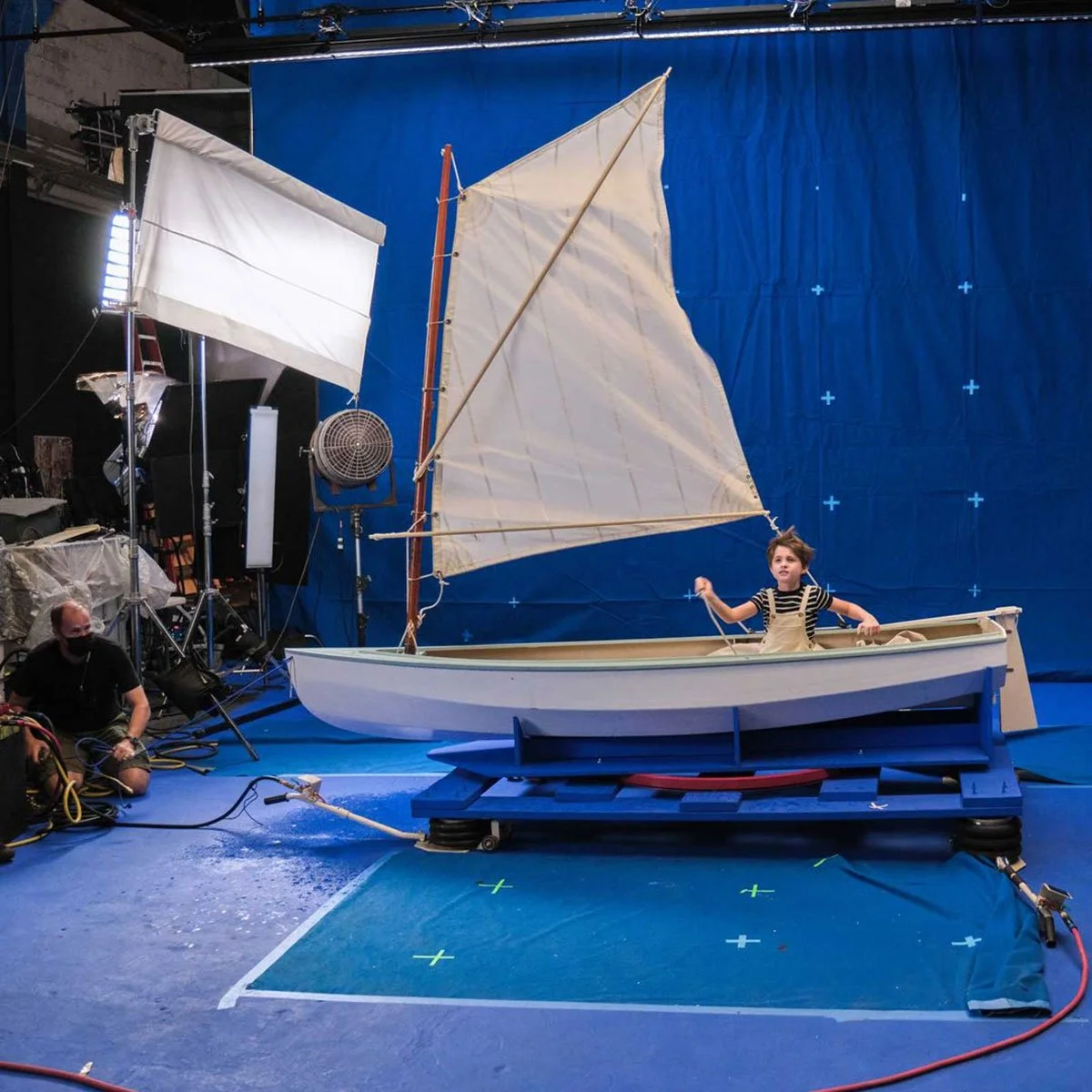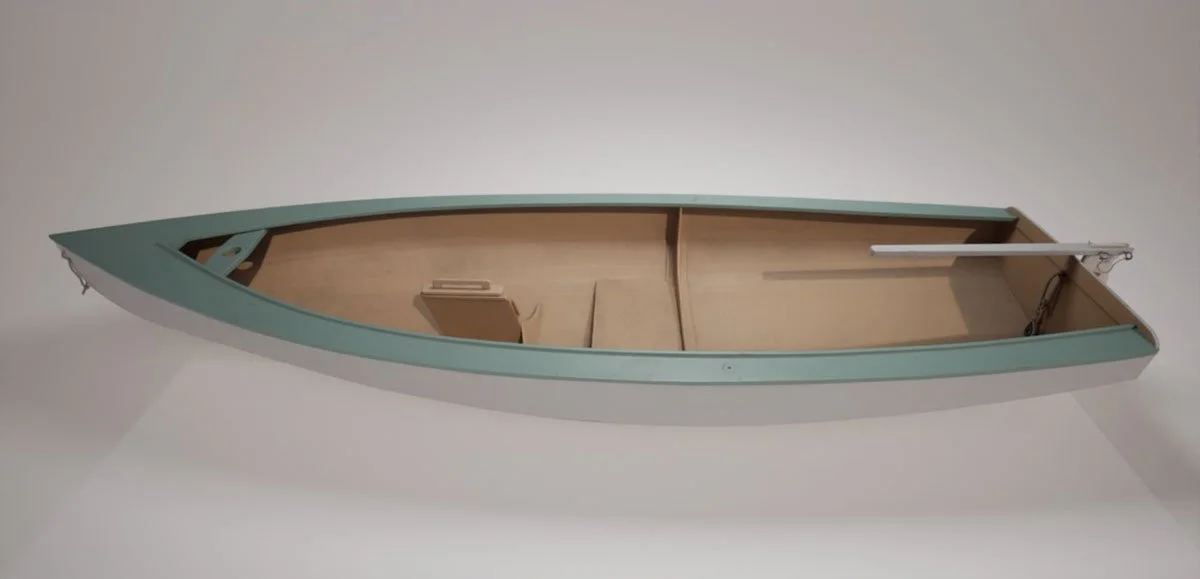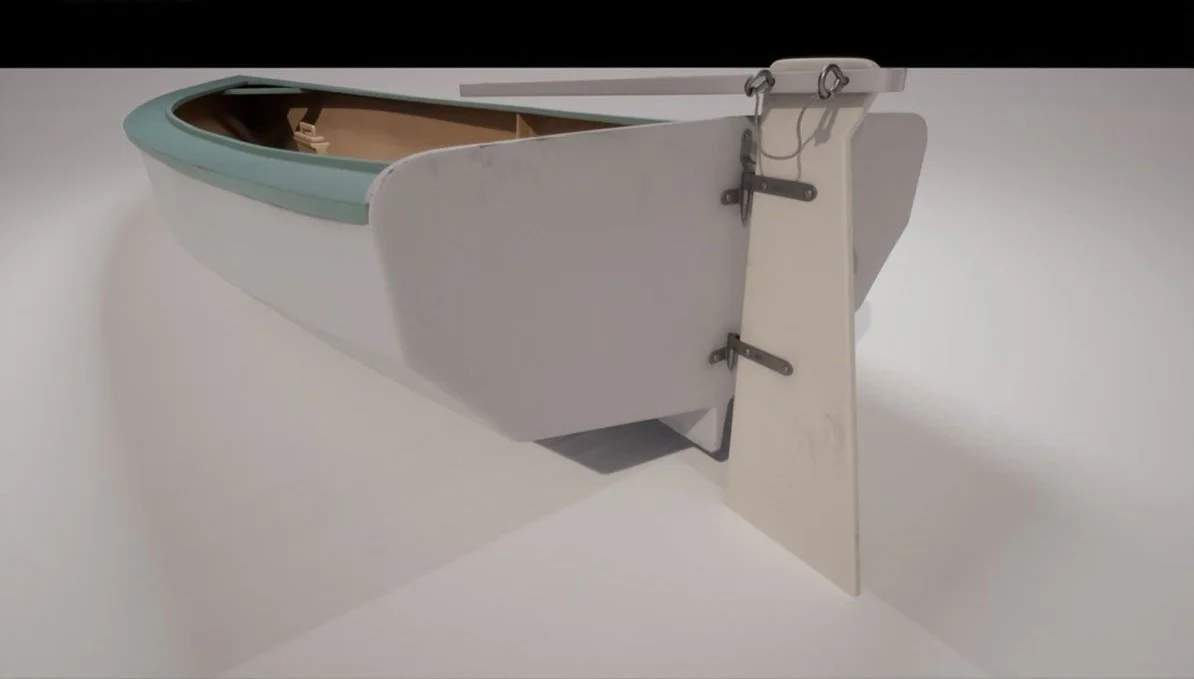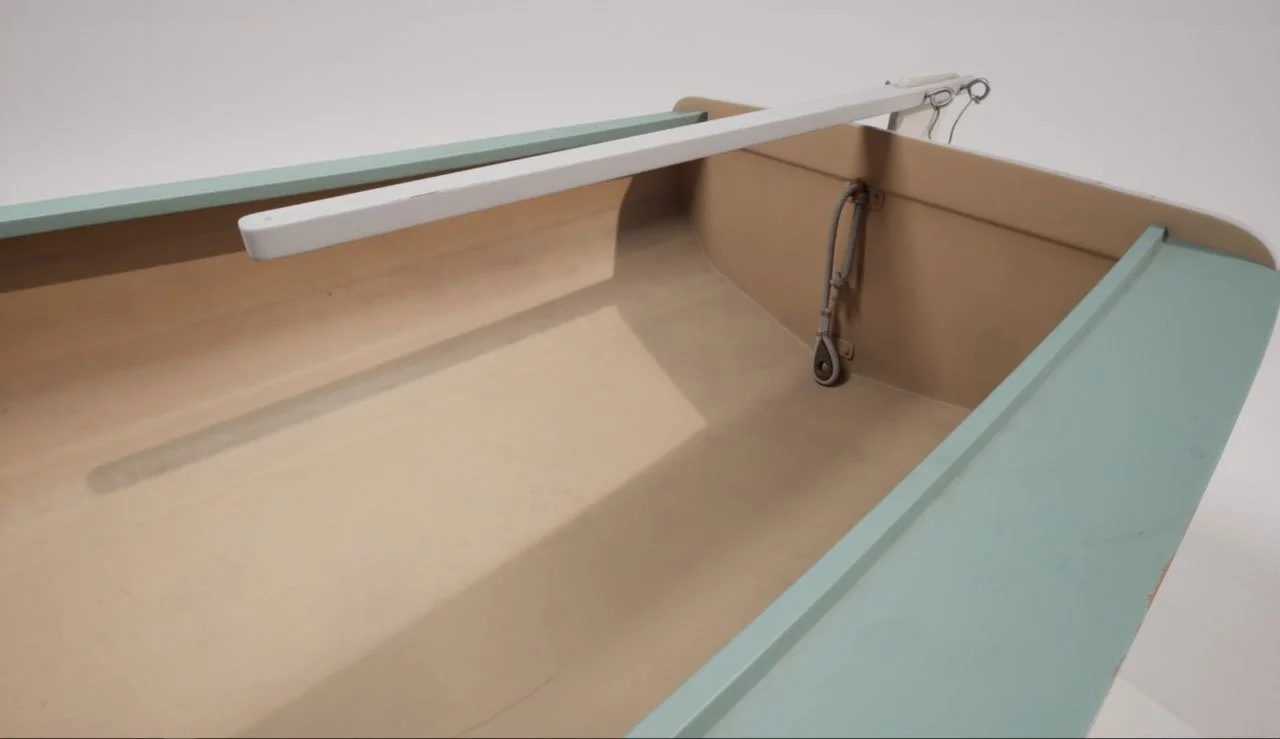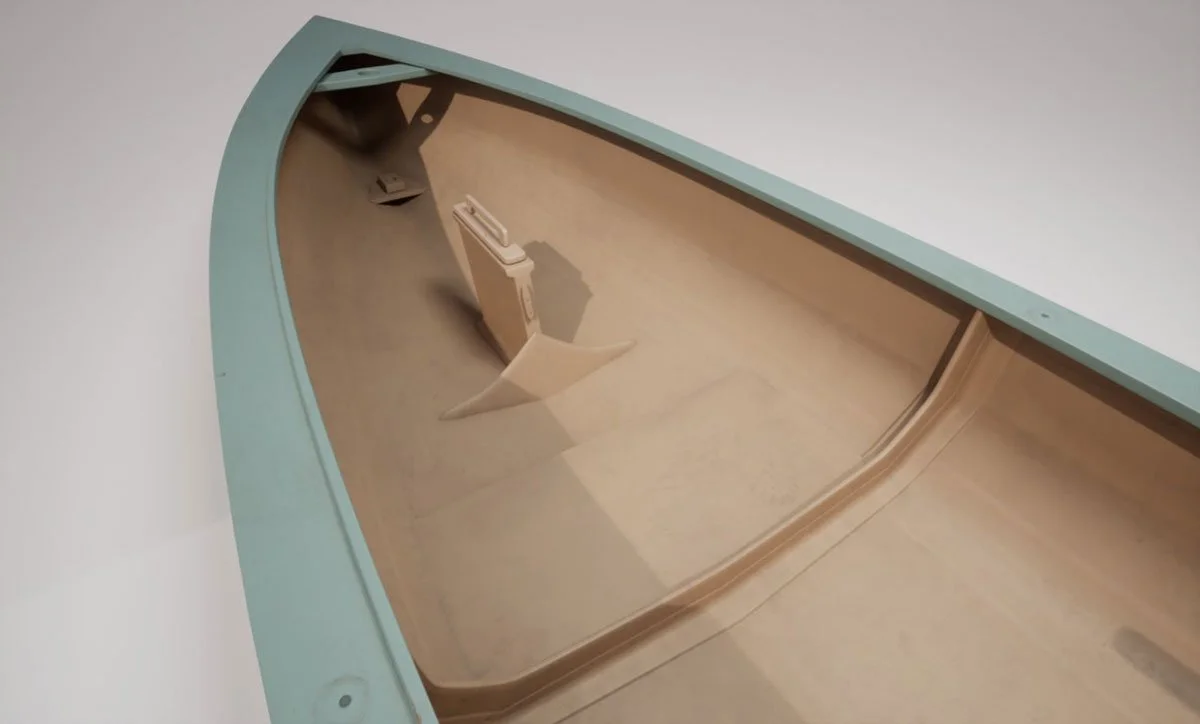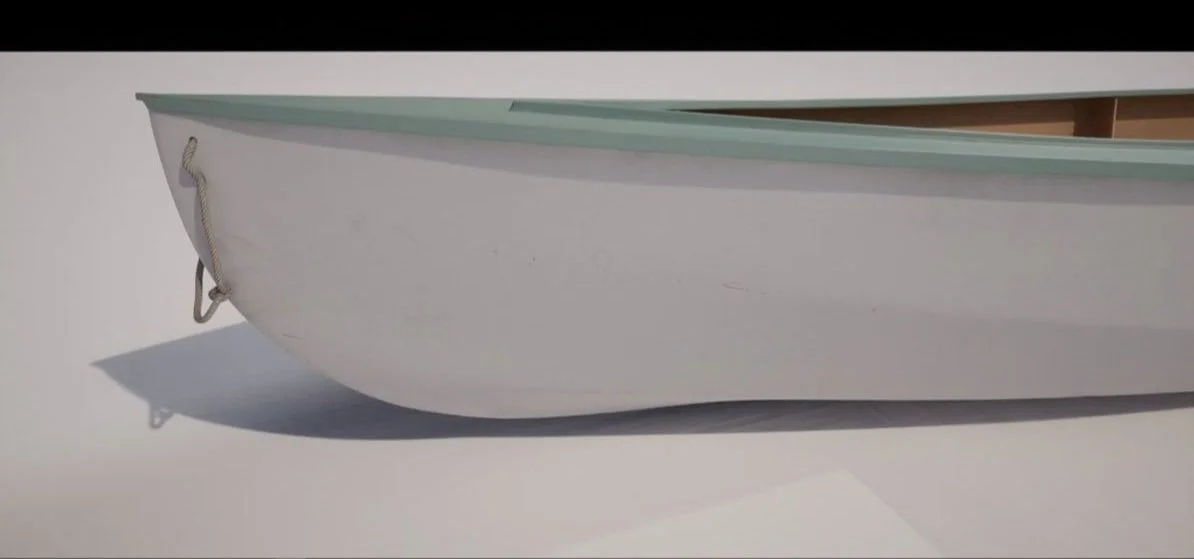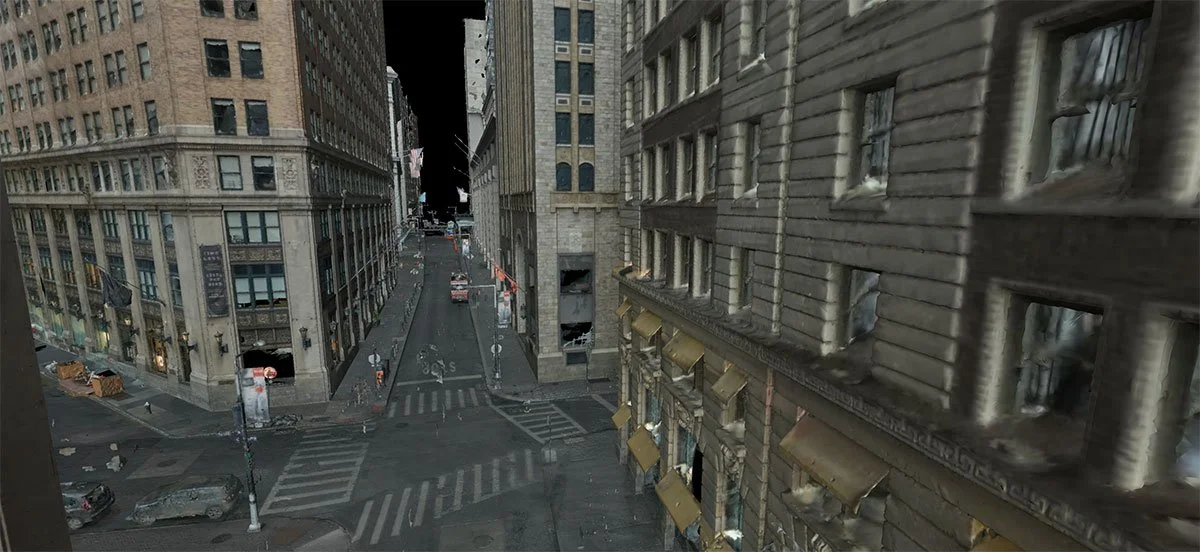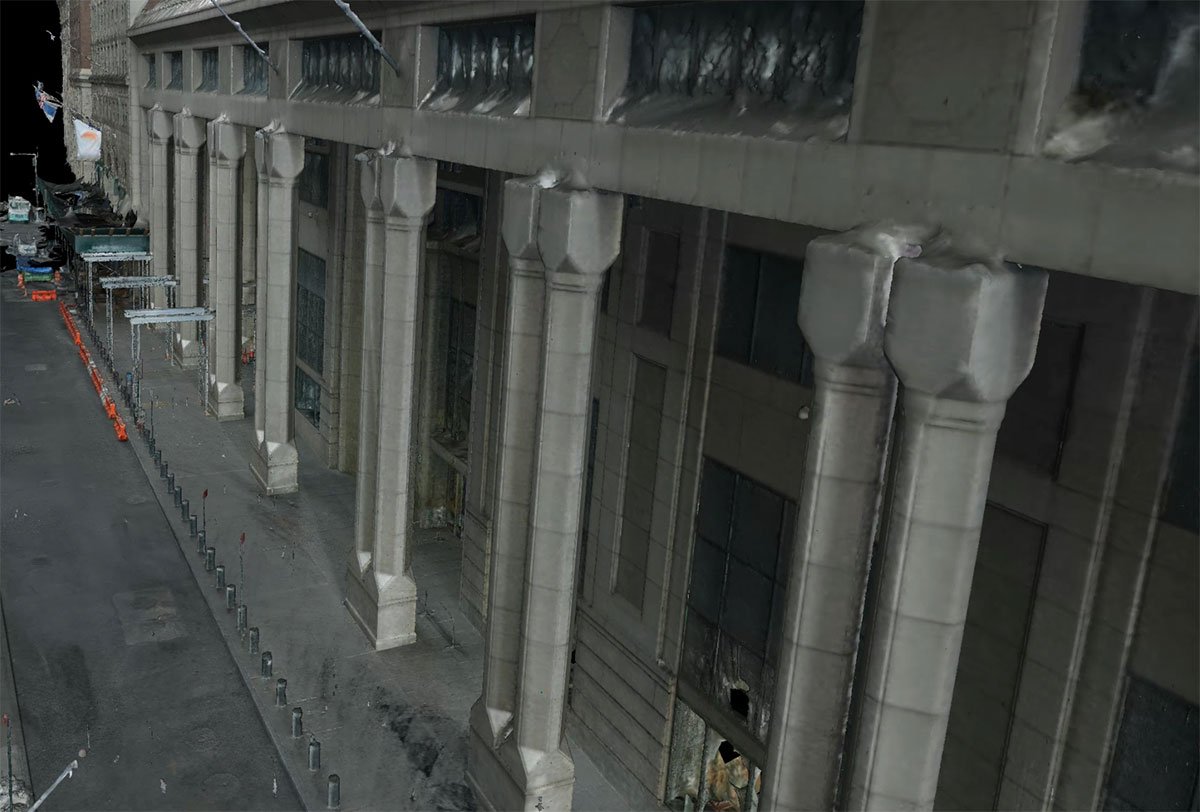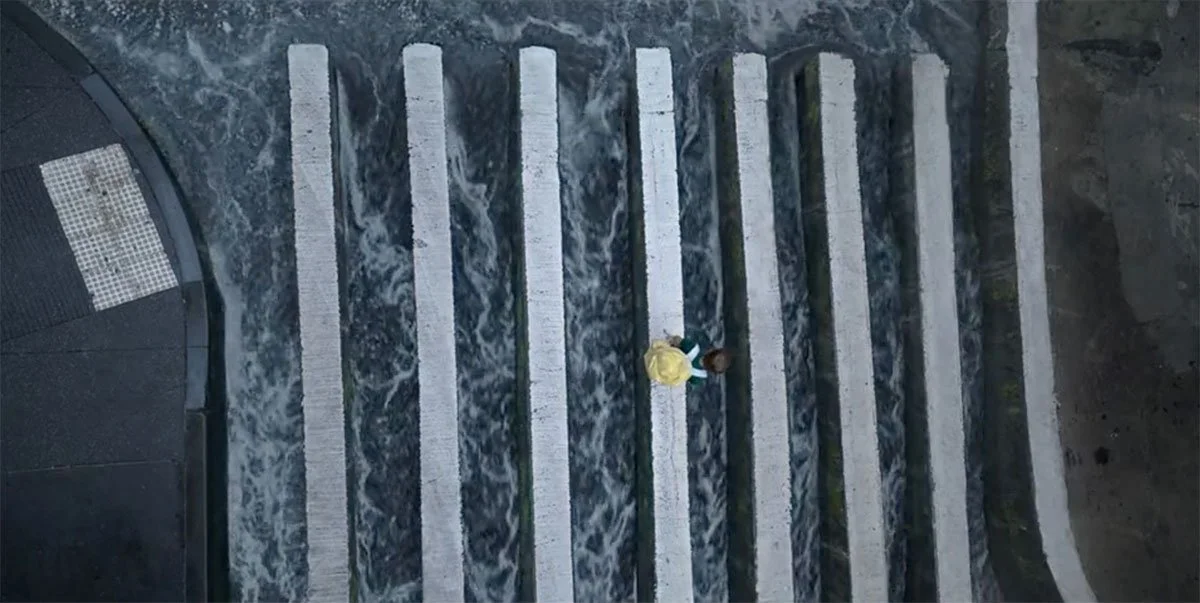Environment & 3D Asset Scans for “Go For Grandma”
In the realm of visual effects (VFX), the meticulous recreation of real-world objects and environments plays a pivotal role in crafting immersive cinematic experiences. This was precisely the case for the award-winning film "Go for Grandma," where MYND Workshop's cutting-edge scanning technologies were employed to bring the movie's visual narrative to life. The studio embarked on an ambitious project to digitally replicate crucial assets, notably a boat that featured prominently in the film and a significant section of Wall Street in Manhattan's financial district. Employing a combination of LiDAR and photogrammetry, the team meticulously scanned these elements, setting the stage for their virtual counterparts to be intricately modeled and textured.Discover how our 3D Boat Scan was used in post-production on Go For Grandma
Filming actor on boat in front of blue screen for Go For Grandma
Placing the boat in water in front of blue screen
The process of transforming these scans into usable VFX assets involved several sophisticated steps. For the boat, after the initial scanning, MYND Workshop undertook the task of retopologizing or reconstructing the mesh to create a digital twin of the vessel. This digital reconstruction included the development of detailed Physically Based Rendering (PBR) textures for the entire boat, including both the top and bottom surfaces, ensuring that the virtual model would withstand close scrutiny on screen. Notably, the sails, which were crucial for the boat's on-screen appearance, were added during the post-production phase, highlighting the blend of practical scanning and digital artistry.The wooden boat which was custom fabricated for the film
Optimized 3D Model of Boat Scan
Optimized 3D Model of Boat Scan
Optimized 3D Model of Boat Scan
Optimized 3D Model of Boat Scan
Optimized 3D Model of Boat Scan
Meanwhile, the segment of Wall Street was transformed into a rough 3D model through meshing, which then served multiple VFX purposes. This included a dramatic fluid simulation depicting water cascading down Wall Street and the recreation of the financial district's backdrop for a fantastical scene where a dragon flies down the iconic street, adding a layer of magic to the film's urban setting.See how MYND’s 3D scans of Wall Street were used in the film Go For Grandma
Raw 3D Mesh of Wall Street made using LiDAR Scanning and Photogrammetry
Raw 3D Mesh of Wall Street made using LiDAR Scanning and Photogrammetry
Raw 3D Mesh of Wall Street made using LiDAR Scanning and Photogrammetry
Raw 3D Mesh of Wall Street made using LiDAR Scanning and Photogrammetry
Still from Go For Grandma showing fluid simulation running through Wall Street
The collaboration between MYND Workshop and the VFX team for "Go for Grandma" exemplifies the synergy between technology and creativity in modern filmmaking. Through the use of advanced scanning techniques and detailed digital modeling, the team was able to create visually stunning effects that enhanced the storytelling, bringing the director's vision to life with remarkable fidelity. The project not only showcases the capabilities of current VFX technology but also sets a precedent for future productions seeking to blend the real with the unreal, further blurring the lines between physical and digital realms in the service of cinematic art.
